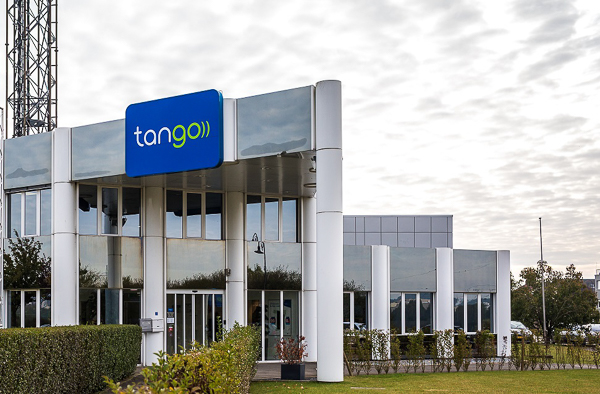
Sending messages on New Year's Eve has risen 24% according to data published by Tango which holds and operates one of Luxembourg's mobile telephony licences.
New Year messaging via the mobile internet has becomes the norm. This year, Tango has reported seeing an increase in the use of data on its network of around 24%. As in 2019, it is the use of roaming data that has increased the most with an increase of 35% against 20% for data at a national level. Applications such as WhatsApp, Facebook, Messenger, Facetime and Snapchat are, for example, widely used.
In addition, Tango has noted a peak in the use of its mobile data network just after midnight of around 50% compared to the average traffic recorded at 23:30 the same night. With the increasing use of video, the performance of the 4G+ network allows customers to stay close to others, even from a distance. The upcoming arrival of 5G should further develop this trend.
Regarding other means of communication, they continue to decline. The largest decrease comes from calls: Tango withnessed a drop of 36% in calls on its mobile network after midnight compared to 1 January 2019 at the same time. The use of SMS, in decline since 2014, has remained stable overall with a drop of 9% of SMS messages sent between 20:00 and 02:00 and, in spite of that, a peak of SMS sent between 00:00 and 01:00, an increase of 6% compared to 2019.
Meanwhile, POST has reported that, over the two days of 31 December 2019 and 1 January 2020, the total number of SMS messages sent on the POST mobile network was 1.11 million, a decrease of 13% compared to the previous year.
However, more and more people are using other instant messengers and social media to send greetings. The drop in the number of text messages was once again offset by a sharp increase in mobile data traffic: 96 terabytes of data were exchanged during these two days across all POST networks (2G, 3G and 4G), or 54% more than one year ago.








